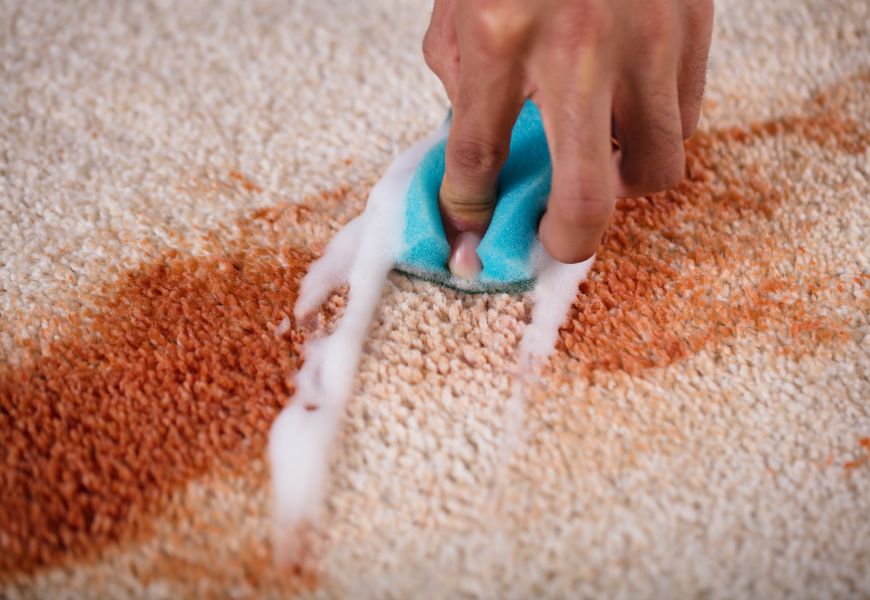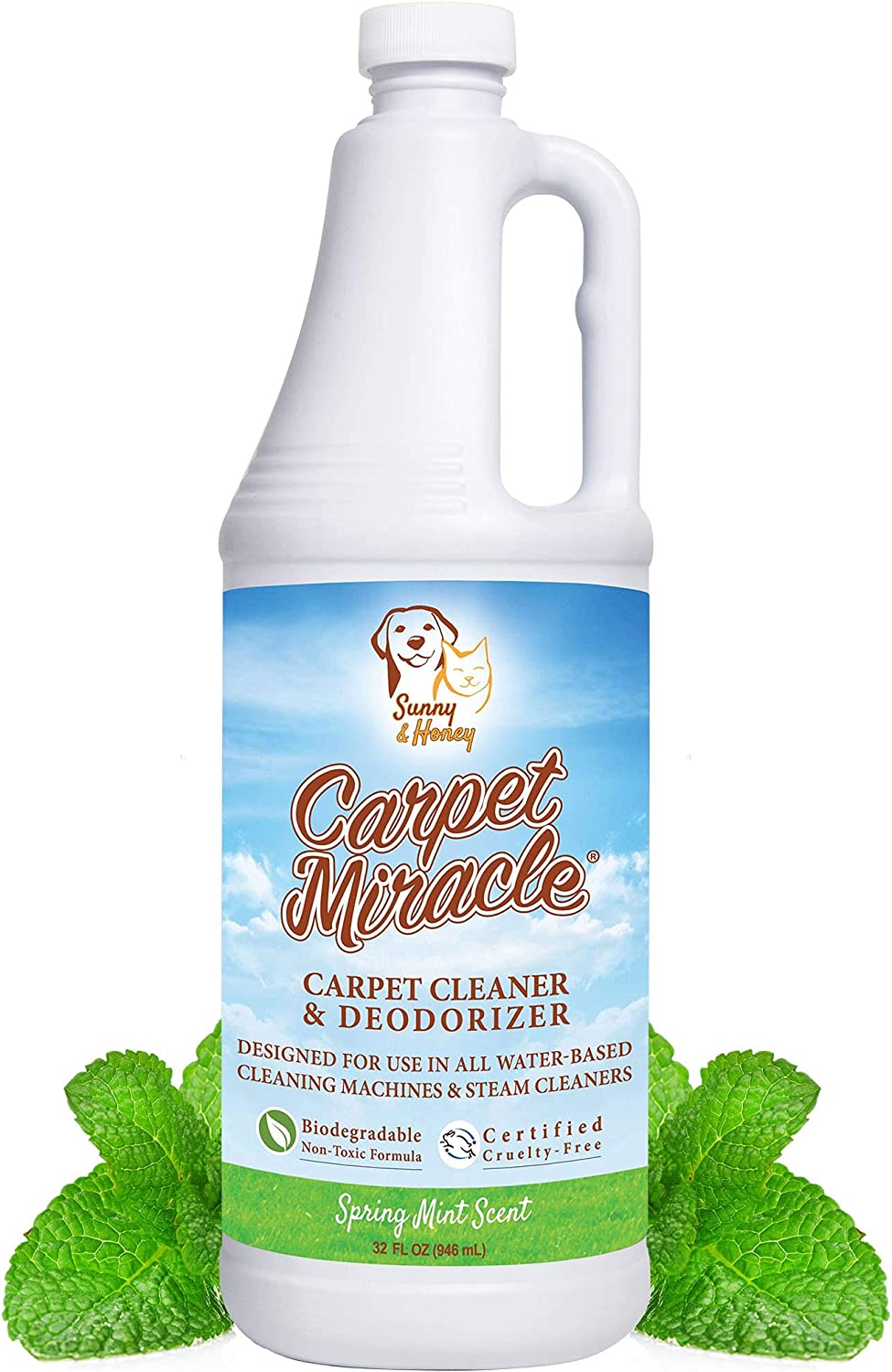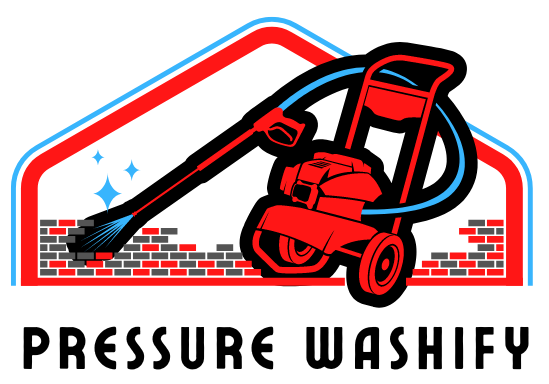Affiliate Disclaimer: This post may contain affiliate links, meaning we get a commission if you decide to make a purchase through our links, at no extra cost to you.
Have you ever looked at your rug and wondered how to get it looking fresh and clean again? Pressure washing can be an excellent solution, but it’s essential to do it right to avoid damaging your precious rug.

Types of Rugs You Should and Should Not Pressure Wash
Rugs You Can Pressure Wash
- Synthetic Rugs: Rugs made from synthetic materials like polypropylene, nylon, or polyester are generally more durable and can withstand pressure washing. Rugs are often used in outdoor spaces and high-traffic areas. This makes them ideal for cleaning with a pressure washer. Pressure washers provide thorough cleaning to ensure the rugs look their best.
- Outdoor Rugs: As mentioned earlier, outdoor rugs are typically designed to withstand harsh weather conditions and can usually be pressure washed without causing damage. Be sure to check the care instructions on the rug’s label to confirm if pressure washing is recommended.
- Some Natural Fiber Rugs: Certain natural fiber rugs, such as those made from sisal or jute, can be pressure washed if done carefully and with a lower pressure setting. It is essential to test a small, inconspicuous area of the rug first. This will ensure the rug can handle pressure washing without damage.
Rugs You Should Not Pressure Wash
- Wool Rugs: Wool rugs are delicate and can be easily damaged by high-pressure water. Pressure washing a wool rug can lead to shrinkage, color bleeding, and damage to the fibers. Instead, opt for gentle steam cleaning or consult a professional rug cleaning service for proper care.
- Silk Rugs: Silk rugs are extremely delicate and should never be pressure washed. The high-pressure water can cause severe damage to the fibers, resulting in a ruined rug. To clean a silk rug, it is best to consult a professional rug cleaner who specializes in delicate materials.
- Hand-Knotted Rugs: Hand-knotted rugs, such as Persian or Oriental rugs, are often made from delicate materials and require special care. Pressure washing can damage the fibers, cause color bleeding, and even unravel the knots. These rugs should be cleaned by a professional rug cleaner who is experienced in handling hand-knotted rugs.
- Rugs with Fringe or Tassels: Rugs with fringe or tassels can easily become tangled or damaged during pressure washing. It is best to avoid pressure washing these rugs and, instead, opt for a more gentle cleaning method.
Preparing Your Rug for Pressure Washing
It is essential to prepare your rug before pressure washing it. This will guarantee an effective cleaning process and avoid any damage. Here are the steps to follow:
Remove Debris and Loose Dirt
- Bring your rug to an outdoor area and vigorously shake it to get rid of any dirt or other particles
- Use a vacuum cleaner to remove remaining dust and dirt particles
- This step prevents dirt from getting embedded deeper into the rug fibers during the pressure washing process
Pre-Treat Stains
- Pre-treat stubborn stains with a suitable stain remover or a mixture of water and mild detergent
- Gently dab the solution onto the stains with a clean cloth or sponge
- Avoid rubbing too hard to prevent damage to rug fibers
- Allow the solution to sit for a few minutes to loosen the stains

Test for Colorfastness
- Test a small, inconspicuous area for colorfastness before pressure washing
- Dampen a white cloth with water
- Gently press the cloth onto the rug’s surface
- If color transfers onto the cloth, avoid pressure washing and consider alternative cleaning methods or consult a professional rug cleaner
Choosing the Right Pressure Washer and Accessories
Selecting the appropriate pressure washer and accessories is crucial for effectively cleaning your rug without causing any damage. Follow these tips to make the right choice:
Pressure Washer Type
Electric pressure washers are better for rug cleaning.
They have lower pressure settings, which is gentler on the rug fibers. Gas-powered pressure washers have higher pressure output. This can be too harsh for rugs. Therefore, it is best to avoid them for this purpose.
If you’re looking to buy a pressure washer, read our review for the best electric pressure washer in market for home owners, the Active 2.0.
Pressure Settings
- Choose a pressure washer with adjustable pressure settings
- Control the water pressure according to your rug’s needs
- Start with a low-pressure setting and gradually increase if necessary
- Avoid high pressure to prevent damage to rug fibers
- Find a balance that effectively cleans without causing harm
Nozzle Tips
Pressure washer nozzle tips come in various sizes and angles, affecting the water pressure and spray pattern.
It is best to use a wide-angle nozzle tip, such as a 25-degree or 40-degree tip, for rug cleaning.
This distributes the water pressure evenly and prevents damage to the rug fibers.
Avoid using narrow-angle tips or turbo nozzles, as they can be too harsh on rugs.
Detergents and Cleaning Solutions
Using a suitable detergent or cleaning solution can enhance the pressure washing process and help remove stubborn dirt and stains. Make sure to choose a rug-safe detergent that won’t damage the fibers or cause discoloration.
Carpet Miracle – Carpet Cleaner Shampoo

- Biodegradable & Non-Toxic
- Deodorizer
- Eliminates stubborn stains
- Safe for pets
Step-by-Step Guide to Pressure Washing a Rug
- Set Up Your Rug
- Find a flat, clean surface outdoors for the rug (e.g., driveway or patio)
- Ensure the area has proper drainage to prevent water pooling under the rug
- If possible, elevate the rug slightly using a tarp or plastic sheet
- Facilitate water runoff and minimize the risk of dirt splashing back onto the rug
- Connect the Pressure Washer
- Attach the wide-angle nozzle tip to the pressure washer
- Connect the water supply
- If using a detergent, attach the detergent applicator
- Fill the applicator with the recommended amount of rug-safe cleaning solution
- Start Pressure Washing
- Start pressure washing at one end of the rug and work your way across systematically
- Maintain a consistent distance of 6-12 inches between the nozzle and the rug’s surface
- Use slow, overlapping strokes for even coverage and thorough cleaning
- Apply Detergent (Optional)
- Apply detergent evenly across the rug’s surface using the detergent applicator
- Allow detergent to sit for a few minutes to break down dirt and stains
- Do not let the detergent dry on the rug
- After the waiting period, rinse the rug thoroughly with clean water
- Remove any detergent residue during rinsing
We recommend using Carpet Miracle shampoo for great results.
Once you’ve completed the pressure washing process, inspect your rug for any remaining dirt or stains. If necessary, repeat the pressure washing process to achieve the desired level of cleanliness.
How to Dry a Rug After Pressure Washing?

Properly drying your rug after pressure washing is crucial to maintaining its appearance and preventing mold, mildew, and unpleasant odors. Follow these steps to ensure your rug dries quickly and effectively.
- Remove excess water using a low-pressure setting, wet-dry vacuum, or carpet cleaner with water extraction
- Elevate the rug off the ground or hang it over a sturdy railing or clothesline for better air circulation
- Set up fans or air movers around the rug, blowing in the direction of the fibers
- Use a dehumidifier in the area to remove moisture from the air and expedite drying
- Flip the rug after a few hours to ensure even drying on both sides
- Check for dampness periodically using a clean, dry cloth
- Groom the rug with a soft-bristle brush or vacuum cleaner with a brush attachment once it’s fully dry
- Inspect the rug for odors or signs of mold or mildew before returning it to its original location
- Address any lingering issues promptly or consult a professional rug cleaner if necessary
Tips for Maintaining a Clean Rug
Here are some tips to help you keep your rug looking its best:
- Vacuum regularly to remove dirt, dust, and debris from the rug’s fibers
- Change the position of the rug periodically to guarantee a consistent level of use and guard against discoloration caused by the sun
- Address spills and stains immediately by blotting with a clean, dry cloth
- Avoid using harsh chemicals or abrasive cleaning tools that may damage the rug’s fibers
- Use a rug pad to protect the rug from wear and tear and to provide cushioning
- Periodically deep clean the rug using a steam cleaner or professional rug cleaning service
- Keep shoes off the rug to reduce the amount of dirt and debris tracked onto it
- Trim, rather than pull, any loose fibers or snags to prevent damage
- Follow the manufacturer’s care instructions for specific cleaning guidelines and recommendations
- Consider using a rug protector spray to help repel stains and make cleaning easier
Frequently Asked Questions (FAQs)
Q1: Can all types of rugs be pressure washed?
A: While pressure washing can be an effective cleaning method for many rugs, it’s not suitable for all types. Delicate rugs, such as silk, antique, or hand-knotted rugs, should not be pressure washed, as the high-pressure water can damage the fibers and construction. Always consult the rug manufacturer’s care instructions before attempting to pressure wash your rug.
Q2: How often should I pressure wash my rug?
A: The frequency of pressure washing your rug depends on factors such as foot traffic, pets, and overall usage. Generally, it’s recommended to pressure wash your rug every 1-2 years, or when it becomes significantly dirty or stained. However, regular vacuuming and spot cleaning can help maintain your rug’s cleanliness and reduce the need for pressure washing.
Q3: How long does it take for a rug to dry after pressure washing?
A: The drying time for a rug after pressure washing depends on factors such as rug thickness, material, and weather conditions. Generally, it can take anywhere from a few hours to a couple of days for a rug to fully dry. Ensuring proper airflow and using fans can help speed up the drying process.
Q4: What if my rug is too large or heavy to move outdoors for pressure washing?
A: If your rug is too large or heavy to move outdoors, consider hiring a professional rug cleaning service to clean the rug in your home or at their facility. Professional rug cleaners have the necessary equipment and expertise to clean large rugs safely and effectively.
Q5: Can I use a gas-powered pressure washer to clean my rug?
A: It’s generally not recommended to use a gas-powered pressure washer for rug cleaning, as they tend to have higher pressure output and can be too harsh for delicate rug fibers. Instead, opt for an electric pressure washer with adjustable pressure settings to ensure a gentle yet effective cleaning process.
Q6: Should I use hot or cold water to pressure wash my rug?
A: Generally, cold water is suitable for pressure washing most rugs, as it effectively removes dirt and stains without risking damage to the rug fibers. However, if your rug is heavily soiled or has grease stains, using hot water can help break down and remove these tough stains more effectively. Always consult the rug manufacturer’s care instructions to determine the appropriate water temperature.










